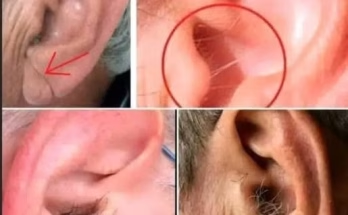Scientists have uncovered how bacteria borrowed a gene from an insect to create female-only parasitic wasp populations, eliminating the need for males.
Bacteria that live inside parasitic wasps eliminate all the male wasps in the population. Now, scientists have discovered one way they do it.
Long ago, the bacteria borrowed sex-determining genes from other insects, and now use them to crank out proteins that turn nearly all the male eggs female, a study published in March in the journal Genome Biology found.
“When we first identified this female-factor in the bacterial genome, we were really thrilled: this protein explained so many aspects of how the bacteria were able to ensure all female wasps,” study senior author Amelia Lindsey, an entomologist at the University of Minnesota, told Live Science in an email.

The bacterium, Wolbachia, lives inside the cells of insects and can only be transmitted directly from parent to offspring via female eggs and not via sperm. As such, they benefit from a mostly female population. While scientists discovered Wolbachia living inside insect tissues 100 years ago, and found they were capable of skewing insect sex ratios around 30 years ago, they are only now beginning to understand how the bacteria manipulate insect hosts to promote transmission.


